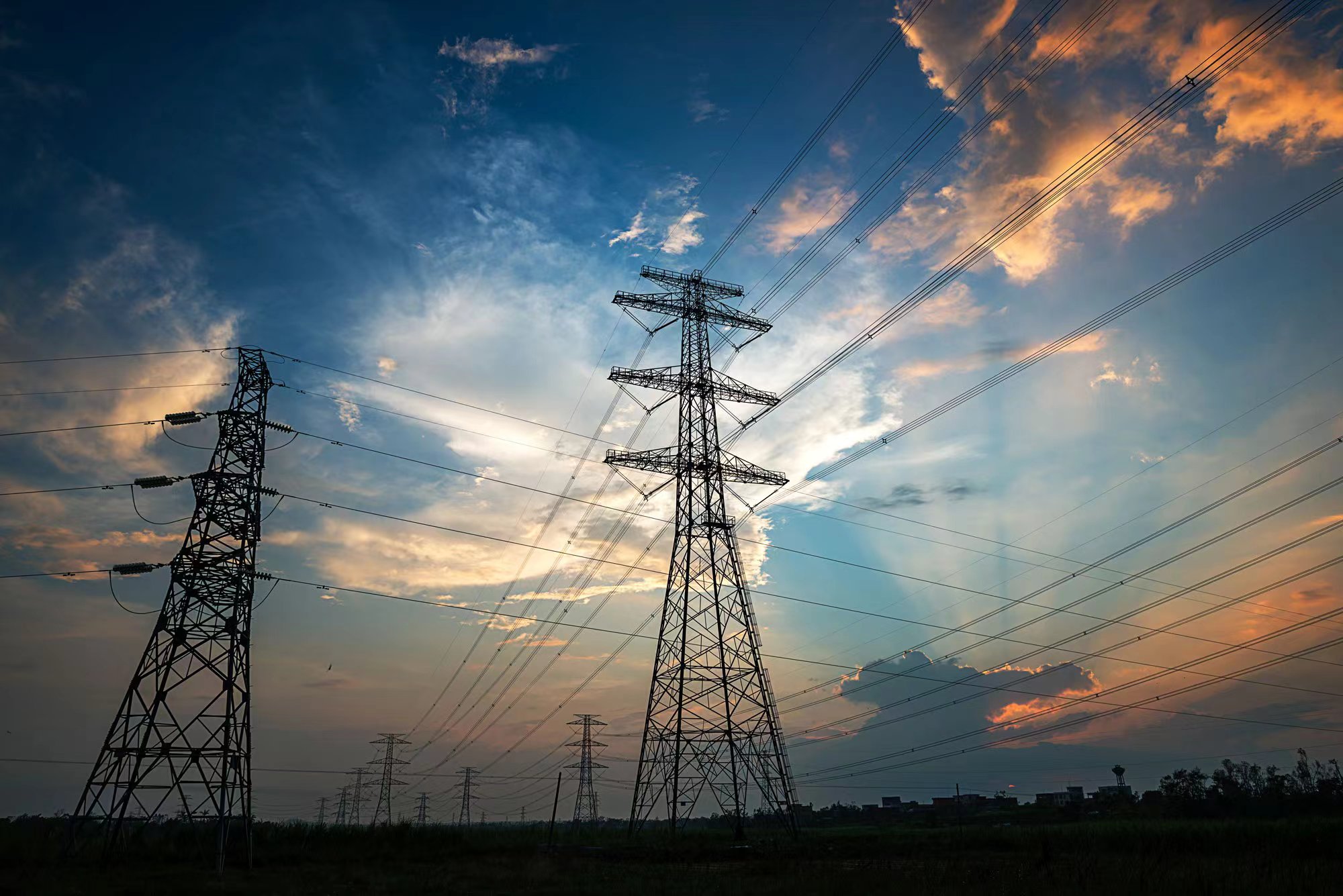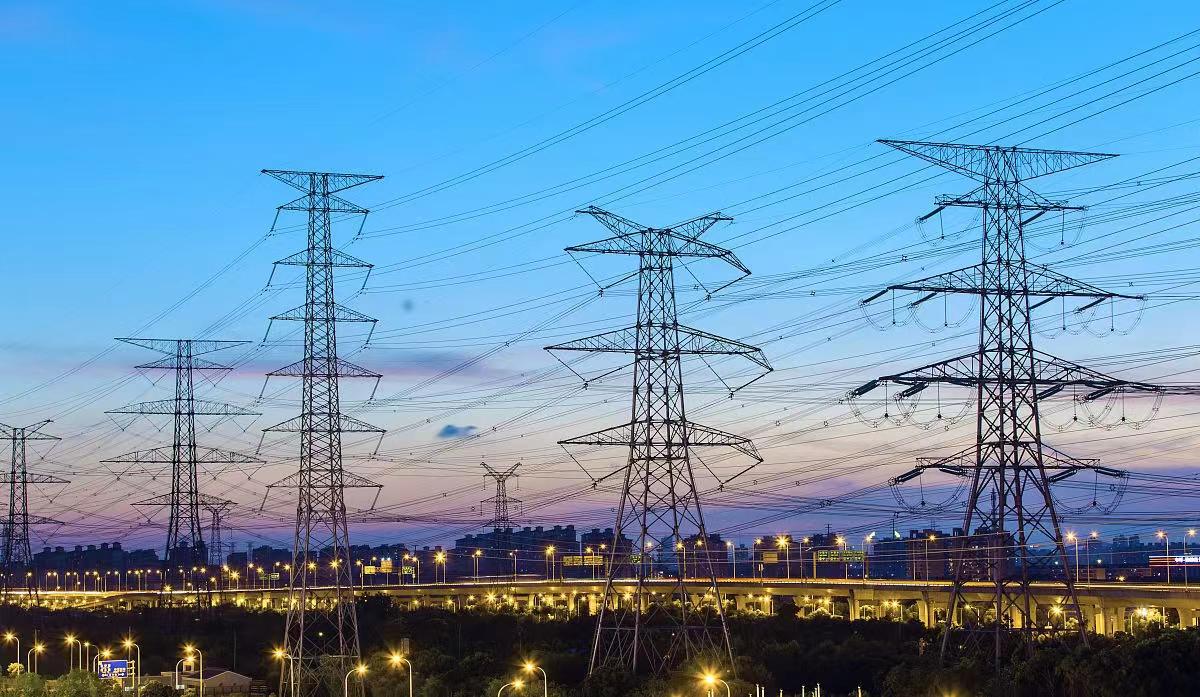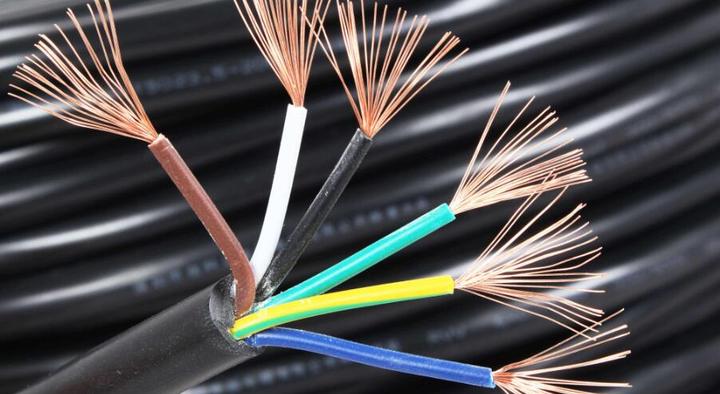What is the difference between high-voltage cables and low-voltage cables
 133
133
High voltage cables and low voltage cables are both types of power cables and are commonly used as the backbone of power transmission. The difference between high-voltage cables and low-voltage cables is significant, mainly reflected in the following aspects:
1、 Different voltage levels: According to the provisions of GB/T2900.50-2008 General Terminology for Electric Power Generation, Transmission and Distribution, a voltage below 1KV (including 1KV) is defined as low voltage, and 1KV-330KV is referred to as high voltage. So cables with a rated voltage of 1KV or below are called low-voltage cables, while cables with a rated voltage of 1KV-330KV are called high-voltage cables. And the cables commonly used in our work and life are 0.4KV and 10KV voltage levels. The following analysis will focus on these two voltage levels of cables.
2、 Structural differences:
1. High voltage cables:
YJV22-8.7/15KV-3 * 70: High voltage 15KV copper core cross-linked polyethylene insulated polyethylene sheathed steel tape armored three core 70 square cable
(1) Twisted copper conductor: a conductor for transmitting electrical energy, made by twisting multiple hard wires together.
(2) Conductor shielding layer: Due to the fact that the conductor is made up of multiple hard wires twisted together, there are gaps on the surface, which can lead to uneven electric field and partial discharge. Therefore, non-metallic soft materials that can conduct electricity are used to fill it to ensure a perfect fit with the insulation layer to evenly distribute the electric field and improve the service life of the cable.
(3) Insulation layer: Due to the electrical gap between exposed conductors of 10KV being 125mm, the gap between the two conductors in the cable is very small. Therefore, it is necessary to use cross-linked polyethylene materials with good performance to manufacture and play the main insulation role. The insulation layer thickness of the 8.7/15KV model is generally not less than 4.5mm.
(4) Insulation shielding layer: Similarly, due to the direct bonding between the insulation layer and the outer sheath, there may be gaps, so a conductive semiconductor layer is added outside the insulation layer to evenly distribute the electric field and prevent partial discharge.
Structural diagram of high-voltage power cables
(5) Metal shielding layer: In order to ensure reliable grounding of the semiconductor layer, an additional layer of metal shielding layer is wrapped outside. When the metal shielding layer works normally, it is directly grounded to discharge the distributed capacitive current between the cable and other conductors, and can also shield some electromagnetic interference to prevent interference with other equipment.
(6) Filler material: To eliminate mutual inductance between three-phase cables, it is necessary to arrange the cables in a symmetrical zigzag pattern, and fill the remaining space inside to ensure the stability of the wire core and the mechanical strength of the cable.
(7) Wrapping tape: The material is mostly PVC, non-woven fabric, etc. It is mainly used to protect the cable from external influences, and the wrapped wire core and filling material are circular and not loose.
(8) Inner protective layer: The inner protective layer is a protective covering layer that covers the insulation of the cable, used to prevent moisture, mechanical damage, and the effects of light and chemical corrosive media on the insulation layer.
(9) Steel strip armor layer: Armored cables are used to increase the mechanical strength of cables and improve their corrosion resistance. They are designed for areas prone to mechanical damage and erosion.
(10) PVC outer sheath: mainly used for protection, isolation, and waterproofing, providing the outermost layer of protection.
2. Low voltage cables:
YJV22-0.6/1KV-3 * 70: Low voltage 1KV copper core cross-linked polyethylene insulated polyethylene sheathed steel tape armored three core 70 square cable
The structure of low-voltage cables differs from that of high-voltage cables in terms of conductor shielding layer, insulation shielding layer, and metal shielding layer, mainly due to differences in insulation ability caused by different voltage levels. The electric field capacity of low-voltage 0.4KV is much weaker than that of 10KV, such as air breakdown or insulation breakdown.
Structural diagram of low-voltage power cables
2、 Differences in usage methods:
High voltage cables must have cable heads made according to strict manufacturing processes before they can be used, while low voltage cables do not require the production of cable heads. The laying requirements for high-voltage cables and low-voltage cables are also different.
In short, the differences between high and low voltage cables come from differences in voltage and insulation capacity. And these differences are all to ensure electricity safety!






